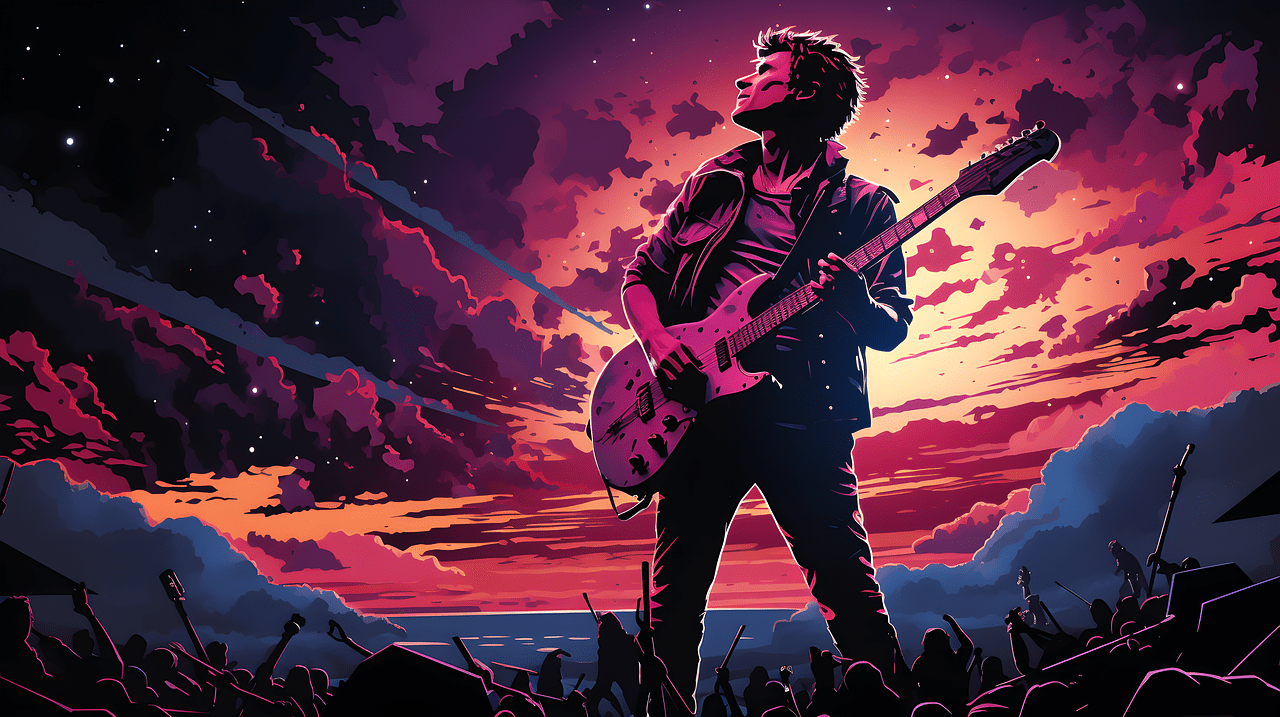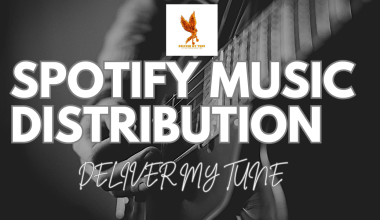Performance royalty is a crucial concept in the music industry. It refers to the payment made to songwriters, composers, and music publishers when their music is played publicly. This can include plays on radio stations, television, live performances, and even streaming services. Understanding what is performance royalty is essential for musicians, songwriters, and industry professionals because it ensures that creators are compensated for their work.
The Importance of Performance Royalty
Performance royalties play a significant role in the livelihood of musicians and composers. These royalties provide a steady stream of income, which is especially important in an industry where earnings can be unpredictable. They also incentivize creativity and innovation by ensuring that creators are rewarded for their contributions.
How Performance Royalty is Collected
Performance royalties are typically collected by Performance Rights Organizations (PROs) such as ASCAP, BMI, and SESAC in the United States, PRS for Music in the UK, and similar organizations worldwide. These organizations monitor public performances of music, collect the royalties, and distribute them to the rightful owners.
Public Performances that Generate Performance Royalties
- Radio Broadcasts: Every time a song is played on the radio, it generates performance royalties. Radio stations report the music they play to PROs, which then collect and distribute the royalties.
- Television: Songs used in TV shows, commercials, and movies also generate performance royalties. PROs track these performances to ensure creators are paid.
- Live Performances: Whether it’s a concert, a club gig, or a live stream, any public performance of music can generate performance royalties. Artists and venues typically report setlists to PROs.
- Streaming Services: Platforms like Spotify, Apple Music, and YouTube also pay performance royalties based on the number of streams a song receives.
The Process of Royalty Distribution
Once PROs collect performance royalties, they follow a detailed process to ensure accurate distribution:
- Data Collection: PROs gather data on where and how often songs are played.
- Royalty Calculation: They calculate royalties based on this data, considering factors like the type of performance and the platform’s revenue.
- Payment Distribution: Finally, royalties are distributed to songwriters, composers, and publishers.
Factors Affecting Performance Royalties
Several factors influence the amount of performance royalty earned:
- Frequency of Play: The more often a song is played, the higher the royalties.
- Type of Performance: Live performances, radio plays, and streaming have different royalty rates.
- Territorial Reach: Royalties can vary based on the country or region where the music is played.
- Performance Rights Organization: Different PROs may have varying methods and rates for collecting and distributing royalties.
Performance Royalties and Digital Age
In the digital age, the landscape of performance royalties has evolved significantly. Streaming services and digital platforms have become primary sources of income for many musicians. These platforms often pay royalties based on the number of plays or streams, which are tracked by sophisticated algorithms.
Challenges in Performance Royalty Collection
Despite the importance of performance royalties, there are several challenges in their collection and distribution:
- Accurate Reporting: Ensuring accurate reporting from all venues and platforms is challenging.
- Global Reach: Tracking performances across different countries with varying regulations can be complex.
- Fair Distribution: Ensuring that all rights holders receive their fair share of royalties requires meticulous data management.
Performance Royalties vs. Mechanical Royalties
It’s important to distinguish between performance royalties and mechanical royalties. While performance royalties are earned from public performances of a song, mechanical royalties are earned from the reproduction of a song, such as sales of CDs, downloads, or streaming. Both are essential for a comprehensive understanding of music royalties.
The Future of Performance Royalties
The future of performance royalties looks promising with advancements in technology. Improved tracking systems, blockchain technology, and better data management tools are expected to enhance the accuracy and efficiency of royalty collection and distribution.
Conclusion
Understanding what is performance royalty is crucial for anyone involved in the music industry. These royalties ensure that creators are compensated for their work, providing a vital source of income and promoting creativity. As the industry continues to evolve, staying informed about performance royalties and the systems in place to collect and distribute them will be essential for all music professionals.
FAQs on Performance Royalty
Q: What is a performance royalty?
A: Performance royalty is the payment made to songwriters, composers, and music publishers when their music is publicly performed.
Q: How are performance royalties collected?
A: Performance royalties are collected by Performance Rights Organizations (PROs) that monitor public performances of music and distribute the royalties to the rightful owners.
Q: What types of performances generate performance royalties?
A: Performance royalties are generated from radio broadcasts, television, live performances, and streaming services.
Q: What factors affect the amount of performance royalty earned?
A: Factors include the frequency of play, type of performance, territorial reach, and the PRO involved.
Q: What is the difference between performance royalties and mechanical royalties?
A: Performance royalties are earned from public performances of a song, while mechanical royalties are earned from the reproduction of a song, such as sales of CDs, downloads, or streaming.
Q: How has the digital age impacted performance royalties?
A: The digital age has introduced new platforms like streaming services, which have become significant sources of performance royalties. These platforms use advanced algorithms to track and report plays.
Glossary
- Performance Rights Organization (PRO): An organization that collects and distributes performance royalties on behalf of songwriters, composers, and music publishers.
- Mechanical Royalties: Payments made to songwriters, composers, and publishers for the reproduction of their music.
- Streaming Services: Digital platforms like Spotify, Apple Music, and YouTube that stream music to users.
Key Takeaways
- Performance royalties are essential for compensating songwriters, composers, and music publishers.
- PROs play a crucial role in collecting and distributing these royalties.
- The digital age has transformed how performance royalties are tracked and paid.
- Understanding the nuances of performance royalties can help music professionals maximize their earnings.
For further reading, explore these related articles:
- What is YouTube Content ID?
- Deliver My Tune’s Exciting New Services!
- Know the Ways to Get the Music Sync Licensing
For additional resources on music marketing and distribution, visit Deliver My Tune.






